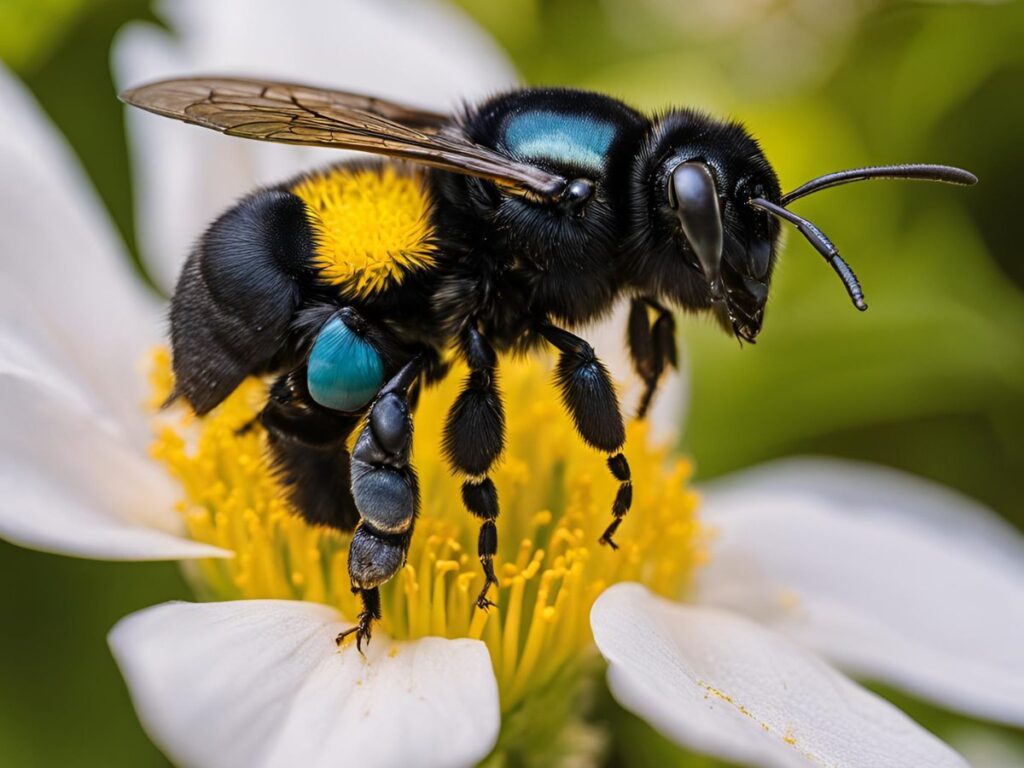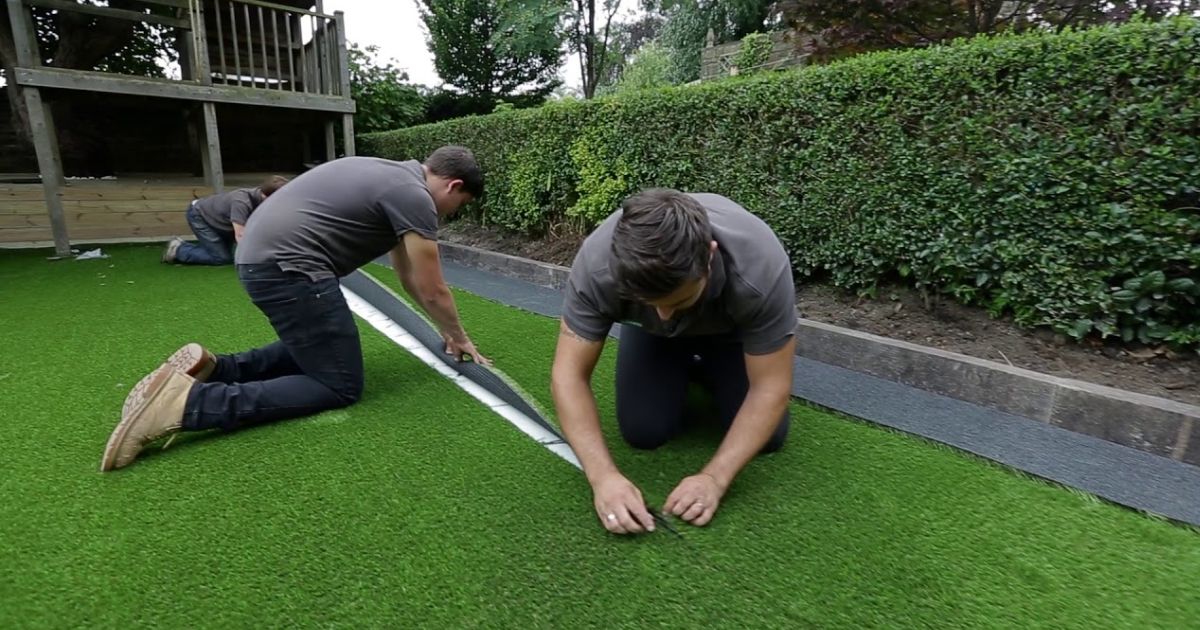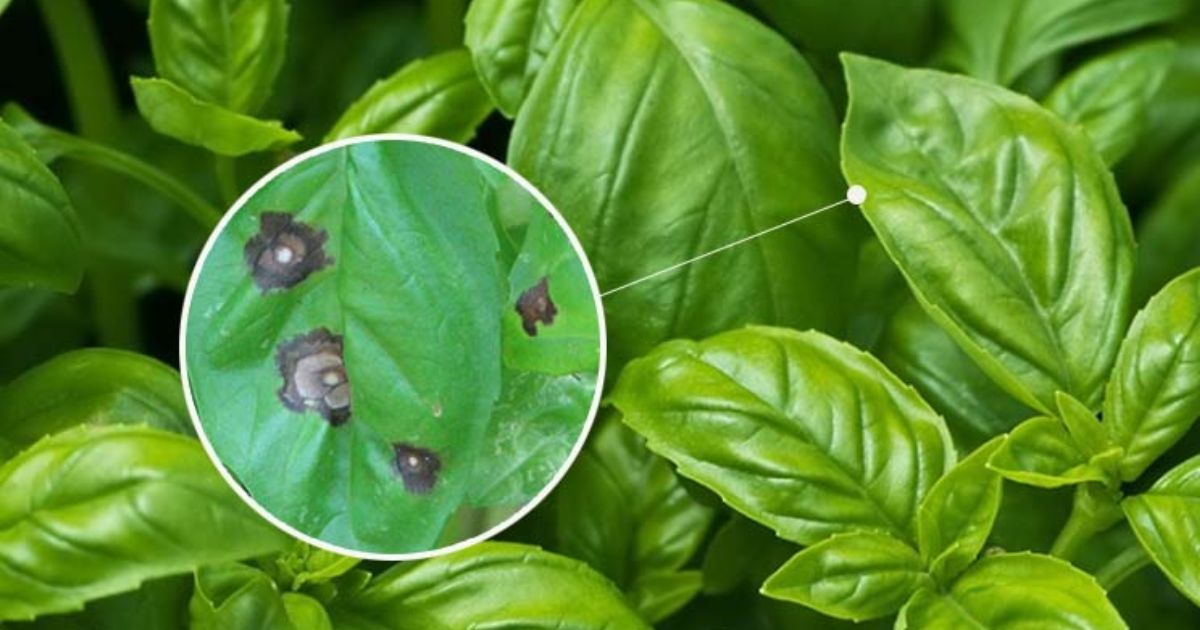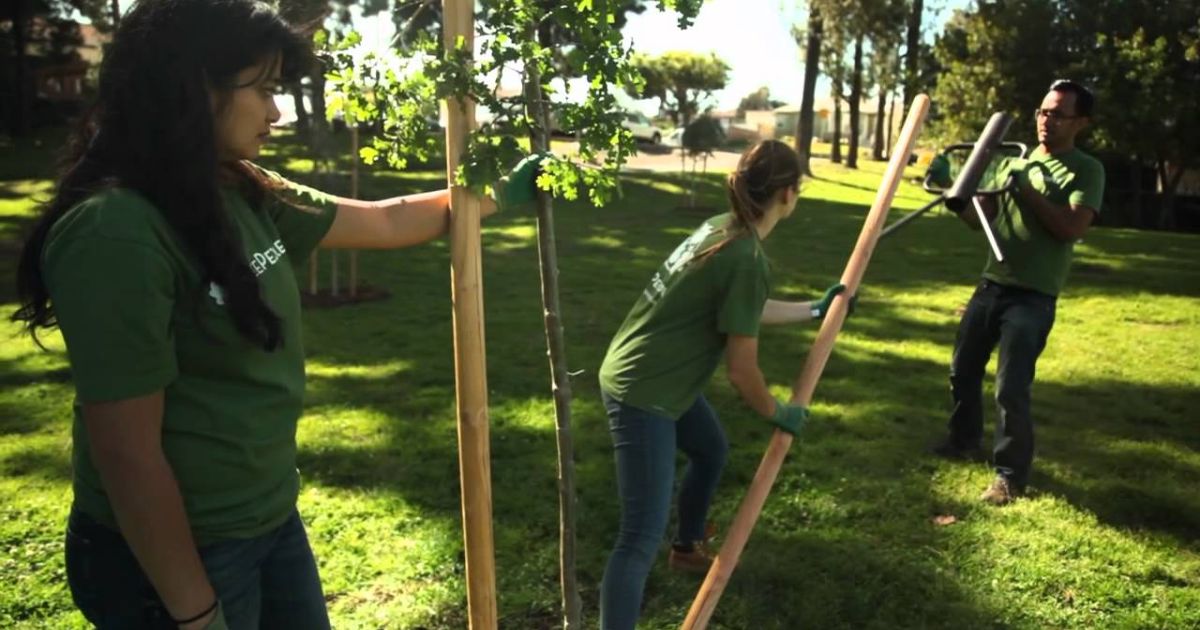Carpenter bees may look like oversized bumblebees, but these buzzing insects can cause significant damage to your property if left unchecked. Unlike honeybees, carpenter bees are solitary creatures that burrow into wood to create nesting tunnels. Over time, their drilling can weaken wooden structures such as decks, eaves, and fascia boards, potentially leading to costly repairs. These bees prefer untreated wood, making homes with old or weathered exteriors particularly vulnerable. While carpenter bees aren’t typically aggressive, the damage they inflict can be extensive, and in some cases, it can even invite other pests like termites.
This article will explore how carpenter bees can damage your property and provide practical solutions to prevent and control infestations. From early detection to effective treatments, understanding these bees’ behavior and taking proactive measures can save you from significant repair bills. Whether you’re dealing with a minor issue or a full-blown infestation, here’s what you need to know about keeping carpenter bees at bay.
What Are Carpenter Bees?
Carpenter bees are large, solitary bees that resemble bumblebees but with one key difference: their shiny, hairless abdomens. These bees are typically about one inch long, with a robust body and bright yellow or black coloration. Unlike honeybees, which live in colonies, carpenter bees prefer a solitary lifestyle. They tend to make their homes in wooden structures, where they excavate tunnels to lay eggs and rear their larvae.
The behavior of how to stop carpenter bees from eating wood makes them particularly troublesome for property owners. Female carpenter bees drill perfectly round holes, about half an inch in diameter, into wooden surfaces. These tunnels, which can extend several inches deep, are used as nesting sites for their eggs. Over time, repeated burrowing and nesting can damage wooden structures, such as decks, eaves, fascia boards, and fences. While they are not typically aggressive, carpenter bees’ habit of boring into wood can weaken the integrity of these structures, leading to costly repairs. The damage is especially problematic in untreated or weathered wood, which is more inviting to these bees. how to prevent bananas from splitting
How Carpenter Bees Cause Damage to Property
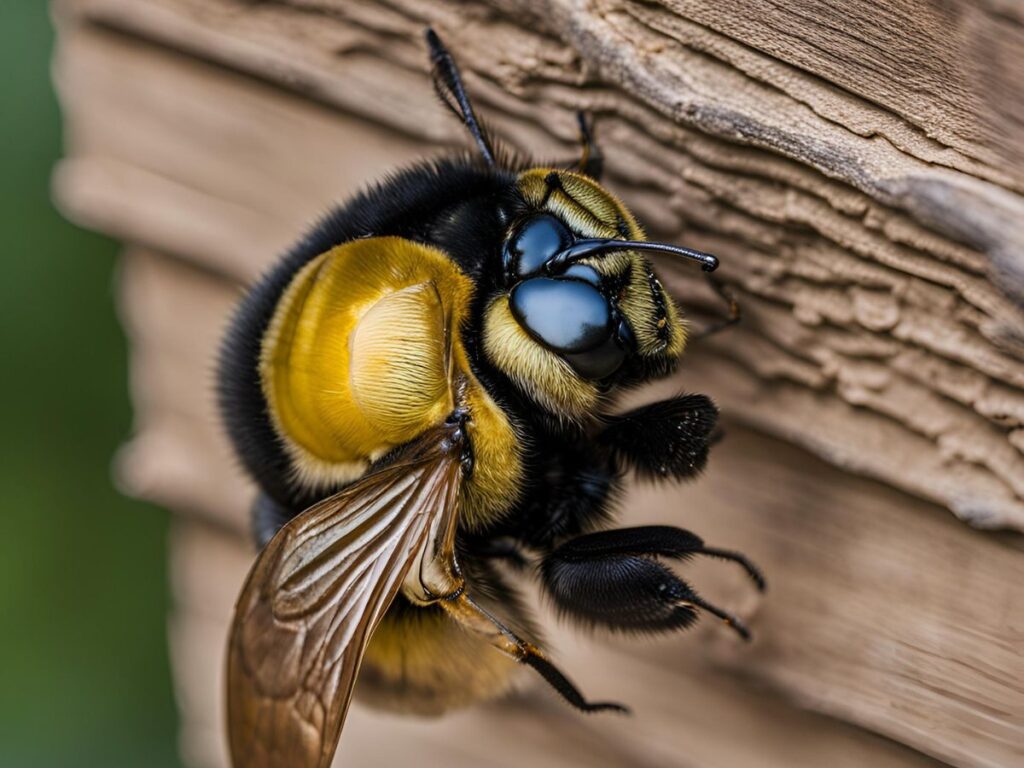
Carpenter bees are notorious for causing significant wood damage as they create nesting tunnels in wooden structures. Female carpenter bees bore round holes, typically about half an inch in diameter, into wood surfaces to lay their eggs. These tunnels can extend several inches deep, and as the bees burrow, they push out small piles of sawdust known as frass. Over time, this behavior leads to weakening and deterioration of the affected wood. Common areas at risk for carpenter bee damage include fascia boards, eaves, decks, wooden fences, and trim around windows and doors. Essentially, any untreated or weathered wood can become a target for these pests, especially during spring when they are actively nesting.
The long-term effects of carpenter bee damage can be costly and detrimental to your property’s structural integrity. As carpenter bees continuously tunnel and re-nest in the same areas, the wood weakens, making it more susceptible to environmental wear and tear. Over time, this damage can result in sagging or unstable structures that require expensive repairs. In extreme cases, large infestations can compromise the safety of the entire structure, leading to the need for major replacements.
Furthermore, the harm that carpenter bees cause can inadvertently invite other pests, such as termites, into your property. The hollowed-out wood left behind by how to keep carpenter bees away creates the perfect environment for termites to invade and further damage the wood. This exacerbates the problem and can lead to an even more expensive infestation. If left unchecked, Carpenter bee infestations can contribute to multiple pest-related issues, making early detection and treatment crucial to protecting your home.
Signs You Have Carpenter Bees
If you’re concerned about carpenter bees infesting your property, there are several clear signs to look out for. The most obvious indication is visible holes in wooden surfaces. The female carpenter bee creates these holes, typically about half an inch in diameter, as she bores into the wood to create a nesting tunnel. Beneath these holes, you may also notice small piles of sawdust, also known as frass, which is left behind as the bees excavate. These telltale signs of carpenter bee damage are commonly found in areas such as fascia boards, eaves, decks, and wooden fences, particularly in untreated or weathered wood.
Another sign of a carpenter bee infestation is the presence of bees around specific areas of your property. Carpenter bees are most active when nesting and mating in the spring and summer months. It strongly indicates an infestation if you notice large, solitary bees hovering around the same spots, especially near wooden structures. Female carpenter bees are often seen entering and exiting the holes they’ve created, while males may patrol the area searching for mates.
In addition to visible signs, sound indicators can also alert you to the presence of carpenter bees. When carpenter bees bore into wood, they produce a distinct, rhythmic sound as they create tunnels. This sound can be especially audible in quiet areas or during the warmer months when the bees are most active. If you hear a constant drilling or tapping sound from your wooden structures, carpenter bees are likely at work.
Awareness of these signs of carpenter bee infestation can help you identify the problem early and take appropriate action to prevent further damage. If you notice carpenter bee holes or hear the characteristic sound of boring, it’s time to inspect your property closely for signs of nesting activity.
The Potential Dangers of Carpenter Bees
How to deter carpenter bees are not typically aggressive, their behavior can lead to risks and potential dangers for your property and health. One of the most significant threats they pose is structural weakness. As female carpenter bees continuously tunnel into wood to create nesting sites, they can weaken the structural integrity of your home or building. Over time, these small but persistent holes and tunnels can cause wood to rot and sag, leading to more extensive damage. If left unchecked, carpenter bee activity can compromise the stability of critical structural elements, such as eaves, fascia boards, decks, and other wooden components, ultimately requiring costly repairs or replacements. Stop Garlic Rust Before It Starts
Apart from the harm they inflict, carpenters bees also create pest attraction risks. The holes and cavities they leave behind can serve as entry points for other pests, most notably termites. Termites are drawn to damaged wood, and the presence of carpenter bee tunnels can provide the perfect environment for them to invade and further degrade your property. This can lead to an even more severe infestation, causing further damage to your home and adding to the costs of pest control and repairs.
Although keep wood boring bees away are generally not aggressive, they pose a risk of stings, particularly if they feel threatened or provoked. Male carpenter bees, which cannot sting, may become territorial and aggressively patrol areas near their nests. Female carpenter bees, while more docile, can sting if handled or if they feel their nest is in danger. This presents a health risk for individuals who are allergic to bee stings. Though rare stings usually cause only mild irritation, Serious allergic reactions can happen and need to be treated right away.
Understanding the dangers of do tiki torches keep bees away and their risks to your property and personal safety is crucial for preventing infestations. Early detection and appropriate action can help mitigate the damage and minimize the risks associated with carpenter bee stings and further pest invasions.
How to Prevent Carpenter Bee Damage
Preventing carpenter bee damage involves proactive measures that address both the attraction to your property and the behaviors that lead to infestations. Here are several strategies to protect your home from these destructive insects:
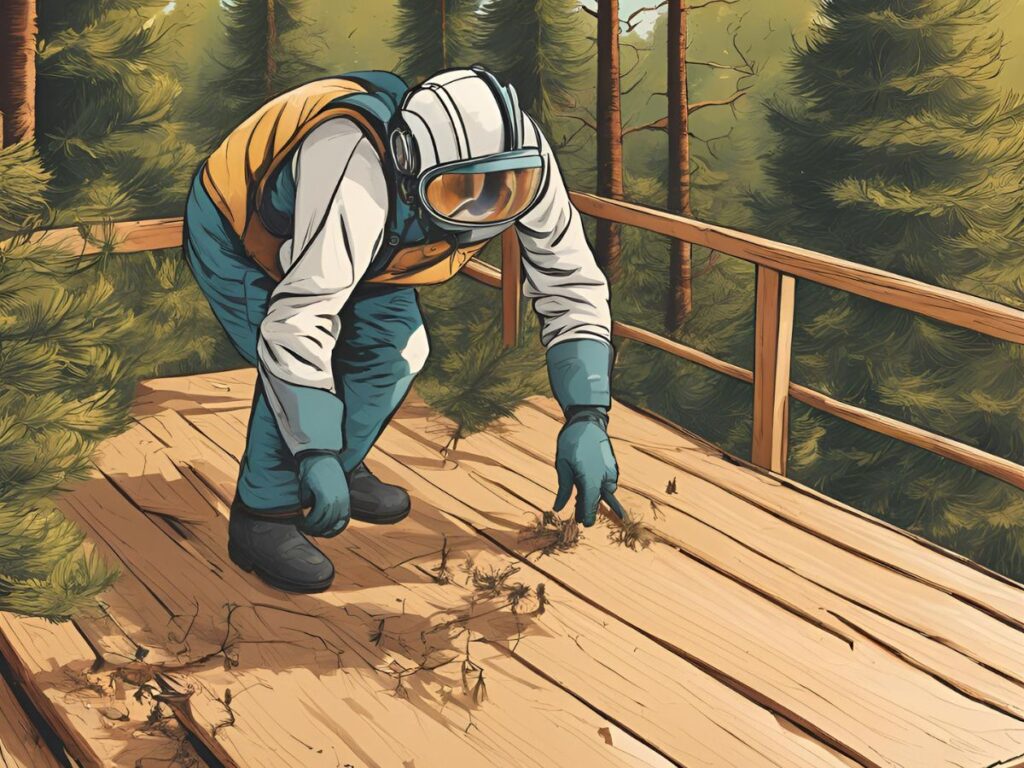
1. Wood Sealing: One of the most effective ways to prevent carpenter bees from nesting on your property is by sealing cracks, crevices, and untreated wooden surfaces. Carpenter bees are particularly drawn to untreated, aged wood, where they can easily bore holes. By filling in any visible cracks or gaps and ensuring that all wooden surfaces are properly sealed, you reduce the chances of them finding a suitable nesting site. Additionally, using caulk or wood filler to patch any existing holes can help deter them from returning.
2. Using Bee Repellents: If you’re looking for a more natural solution, essential oils such as eucalyptus and citronella are known to repel carpenter bees. Mixing these oils with water and spraying them around wooden surfaces can create an unpleasant environment for the bees. For more severe infestations, chemical repellents are also available. These can be sprayed directly into existing carpenter bee holes or applied to vulnerable wooden areas. However, always follow safety instructions when using chemical solutions, especially around children and pets.
3. Painting Wood Surfaces: Carpenter bees are naturally attracted to untreated or weathered wood, so one of the best ways to deter them is by painting or staining wooden surfaces. A new layer of paint or a shield wood stain can make the surface less appealing to carpenter bees, as they prefer natural wood. Additionally, painting can provide extra protection for your property by sealing out moisture, which can further discourage nesting.
4. Regular Inspection: Regular inspections of your outdoor timber buildings, particularly in the spring and summer, are essential to catch any signs of carpenter bee activity early. Look for small holes, sawdust piles, and other indicators of bee infestation. By staying on top of potential problems, you can address them before significant damage occurs.
5. Professional Help: If you’re dealing with a severe carpenter bee infestation or if the problem persists despite your efforts to control it, it’s time to call a pest control professional. Professionals in pest control can apply focused treatments to get rid of do wood bees eat wood and prevent future infestations. They can also offer long-term solutions, such as ongoing inspections and maintenance, to protect your home from these damaging pests.
Combining these preventive measures can reduce the likelihood of carpenter bee damage and protect your property from costly repairs. To keep these pests at bay, regular upkeep and attention to detail are essential. how to keep onions from spoiling
What to Do if You Already Have Carpenter Bees
If you’ve discovered that you already have carpenter bees nesting on your property, it’s essential to take action quickly to prevent further damage. There are both DIY solutions and professional services that can help you manage the infestation effectively. Here’s what to do if you’re dealing with carpenter bees:
DIY Solutions
- Vacuuming the Bees: Using a vacuum is a simple and safe method for removing how to keep away carpenter bees from your property. You can carefully vacuum up the bees around the entrance of their tunnels. This works best during the evening or early morning when the bees are less active. Be sure to seal the vacuum bag tightly after use to prevent the bees from escaping.
- Insecticidal Dust: If you have carpenter bee holes on your property, you can apply insecticidal dust directly into the tunnels. This dust will kill the bees inside without the need for direct contact. Donning safety gear, including gloves and a mask, to avoid inhaling the dust. After applying the dust, seal the holes with caulk or wood filler to prevent the bees from returning.
- Setting Up Traps: Carpenter bee traps are commercially available and can be used to capture and kill these bees. These traps typically work by mimicking the appearance of a potential nesting site and drawing the bees in. Once inside, the bees cannot escape. If you would rather take a more environmentally responsible route, you can build your carpenter bee trap using simple materials like plastic bottles or wooden boxes.
Hiring an Exterminator
While DIY solutions can be effective, how to prevent carpenter bees sometimes the infestation can be too severe or extensive to handle alone. In these cases, hiring a professional pest control expert is your best option. A pest control professional will have the expertise and instruments to determine the infestation’s extent, eliminate the bees safely, and offer long-term solutions to prevent future issues. They can also help identify areas of your home particularly vulnerable to carpenter bee activity, allowing for targeted treatments and preventative measures.
Hiring an exterminator is particularly important if you’re dealing with a large infestation or if the bees are located in hard-to-reach areas, such as in the walls or high up in the eaves of your home. Additionally, if you’re uncertain about handling chemicals safely, a professional can manage the situation without putting you at risk.
Safety Tips
When handling carpenter bee treatments, especially chemical solutions, it’s crucial to prioritize safety. Always read and follow the manufacturer’s instructions on any insecticidal products. Put on protective clothing, such as a mask, safety goggles, and gloves, to minimize chemical exposure. Keeping pets and children away from treated areas is also essential until the chemicals have dried or settled.
If you’re using traps, ensure they are placed in safe areas away from people and pets to avoid accidental contact. How to keep boring bees away If you’re unsure about handling any of these treatments, talking with a pest control professional is always safer.
Following these steps can help manage a carpenter bee infestation effectively and safely. Whether you choose DIY solutions or professional assistance, addressing the issue promptly can help protect your property from the ongoing damage caused by these wood-boring pests.
Conclusion
If left unchecked, carpenter bees can cause significant damage to your property. These wood-boring insects create holes and tunnels in wooden structures, leading to structural weaknesses and inviting other pests like termites. Early detection is crucial to preventing long-term damage, and taking proactive steps such as sealing wood surfaces, using repellents, and performing regular inspections can help keep carpenter bees at bay.
If you see indications of activity from carpenter bees, such as holes in wood or increased bee activity around your property, it’s essential to act quickly. Inspect your home, apply preventive measures like painting wooden surfaces, and consider professional help if the infestation worsens.
Don’t wait until the damage becomes extensive—taking action Being early can help you avoid expensive repairs and further infestations. Carpenter bee prevention and control are essential for preserving your property’s integrity and guaranteeing a safe and comfortable living environment. If you’re unsure how to proceed or need help dealing with an infestation, consulting a pest control professional can provide the expertise and peace of mind you need.
FAQs:
1. What are carpenter bees?
Carpenter bees are large, solitary bees resembling bumblebees with shiny, hairless abdomens. They nest in wood by drilling round holes into it, which can cause significant damage to wooden structures.
2. How do carpenter bees damage property?
Carpenter bees create nesting tunnels in wood by boring holes, which weakens the structure of your home or building. Over time, their tunneling can lead to rot, sagging, and extensive wood damage, especially in areas like fascia boards, decks, and eaves.
3. What are the signs of a carpenter bee infestation?
Typical indicators of an infestation of carpenter bees include round holes in wood (about half an inch in diameter), piles of sawdust (frass) beneath the holes, and seeing bees hovering around specific areas, particularly in the spring.
4. How can I prevent carpenter bee damage?
To prevent carpenter bee infestations, you can seal cracks and crevices, paint or stain wooden surfaces, and use natural repellents like eucalyptus or citronella oils. Regular inspections of wooden structures are also necessary, especially during spring and summer.

